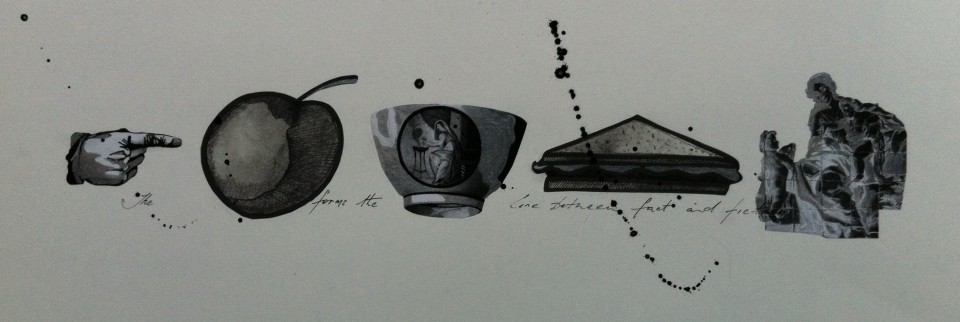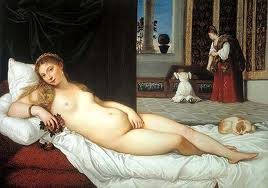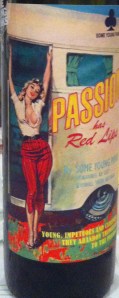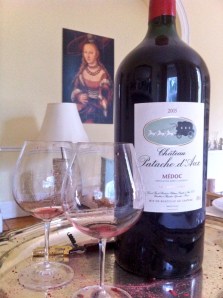Tags

I’m here for a winetasting. Set up by a friend in a crusty old gent’s club to presumably add some context and gravitas to the wines on show. ‘You’ll love it’, I recall him saying, ‘It’s right up your street’ – thankfully he didn’t say alley. It’s true, I generally enjoy listening to old relics of the wine trade banging on about Claret, as what they often lack in knowledge they make up for in amusing anecdotes. But this one is different, and I silently curse my (soon to be former) friend while absentmindedly gazing at a clumsily executed seascape and wait for the florid, farm-fresh, magenta faced, red-trousered windbag to stop talking.
As this appears not to be anytime soon, I smile, to feign interest, and settle back into the coma inducing embrace of a faux leather chair, fingering my glass of ‘not so good ordinary claret’ fighting the unripe, unresolved tannins (akin to licking the floor of a long abandoned outhouse) my disappointment growing as I’m told the wines are available in large format bottles and come with their own presentation box – presumably to die in.
Don’t get me wrong, I love the wines of Bordeaux – just not these, and while the windbag extols their, non existent, virtues to his captive, comatose, audience I look for a plant pot to pour mine into, although sympathy for the plant prevents me. Dumbstruck by the bombast and troubling certainty with which Tristram Shandy’s Uncle speaks, I am secretly in awe of his Farage-esque absolutism and the kind of extreme self-confidence that leaves no room for doubt, nor brooks interruption.
I overlook his use of the words ‘pedigree’ and ‘breeding’ and even his positive spin on Brexit, but when he moves on to the subject of Natural Wine and manages to dismiss an entire movement – something previously done by Jonathan Ray (in an interview with Jason Yapp, who, rather surprisingly, failed to ask him to qualify such a sweeping assessment) and Bruce Palling in the Spectator – my hackles rise, particularly as he outlines his, ill informed, views on organic and biodynamic practices whilst eagerly extolling the merits of the appallingly adjusted and astringent plonk he’s peddling.
Now I must admit to disliking the term ‘natural wine’ as it implies that other wines are unnatural, and is probably an insufficient way to describe a complex ideology that includes organic and biodynamic viticulture, minimal handling and intervention, fining and filtration and extremely radical, yet differing, views on the use of sulphur dioxide.
Contextually, the movement began as a counterpoint to the fruit bomb driven behemoths beloved of Robert Parker, seeking a return to something more artisanal, both in the vineyard and the winery, with the ultimate goal being to make wine with no other ingredient than the grapes themselves.
Obviously this requires some firm ground rules: no factory farming, all vineyards must be organic or biodynamic and hand harvested only – machine harvesting however sophisticated damages the vines and compromises cropping – use of indigenous or natural yeasts, no culture corrections, no enzymes, additives, acidity regulation, no additional sugar (to increase alcohol), tannin, sulphur addition no higher than 7mmg/l, no fining, no filtration and absolutely no heavy manipulation such as; reverse osmosis, cryoextraction, spinning cone, centrifuging, rapid finishing or ultraviolet C irradiation – bet you didn’t know all that stuff went on did you?
And that’s just scratching the surface of an industry that regularly uses; tartaric and citric acid, potassium sorbate, gum arabic, carboxymethyl cellulose (to prevent crystals forming) dimethyl dicarbonate (to kill microbes) a dash of megapurple (to increase colour and boost mouthfeel), activated charcoal, potassium ferrocyanide, copper sulphate, pectolytic enzymes, bentonite clay and a soupcon of polyvinylpolypyrrolidone! Now these may not be as dangerous as climate change denial or driving at 30mph in a 20mph zone, but they may go some way to explaining that hangover!
However, if your goal is to take wine back to the Stone Age then you are not going to please all of the people all of the time. I admit to not liking all natural wines. Some are quite frankly volatile, full of brettanomyces, brown as Victorian furniture and, even in youth, smell like a teenagers bedroom, or an old aquarium, and taste like licking the outside of a wet canvas tent. When they are good they are very very good and when they are bad they are horrid.
A word of advice though before you open up Pandora’s box. Do not judge natural wines against other wines, judge them against others of their type and always on their own terms. In a world of, increasingly, bland homogeneity they make a refreshing change for people with open minds.
Which brings me back to Mein Host whose mind could only be opened by invasive surgery. ‘Right, that’s stumps’, he says, ‘Lovely to chat’ – although he hadn’t – and makes his way into the evening to await the arrival of his sedan chair.


 Therefore it can be stated that both Titian’s “Venus of Urbino” and Some Young Punks “Passion has Red Lips” fit the statement. I am not dissing either when I say this.
Therefore it can be stated that both Titian’s “Venus of Urbino” and Some Young Punks “Passion has Red Lips” fit the statement. I am not dissing either when I say this.
